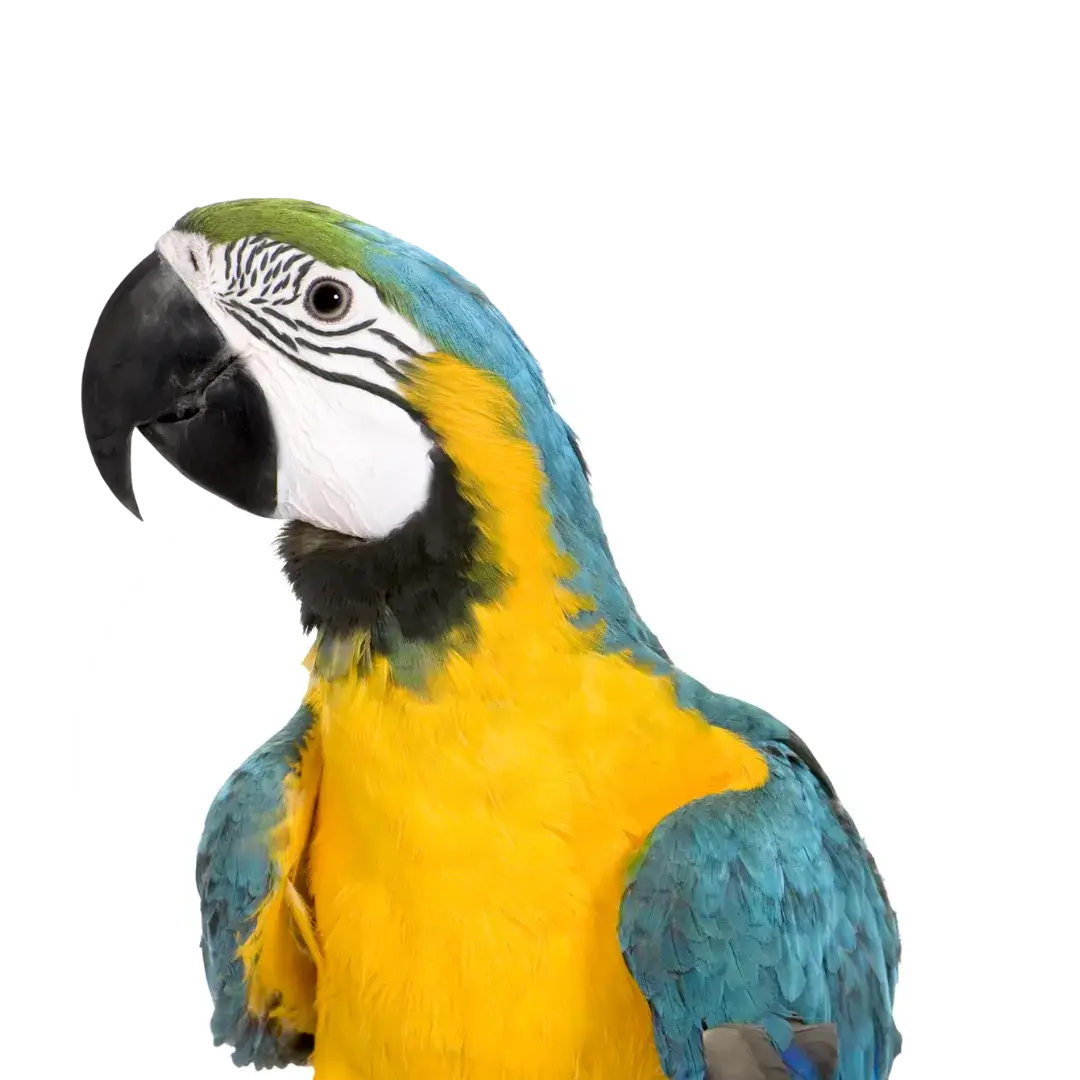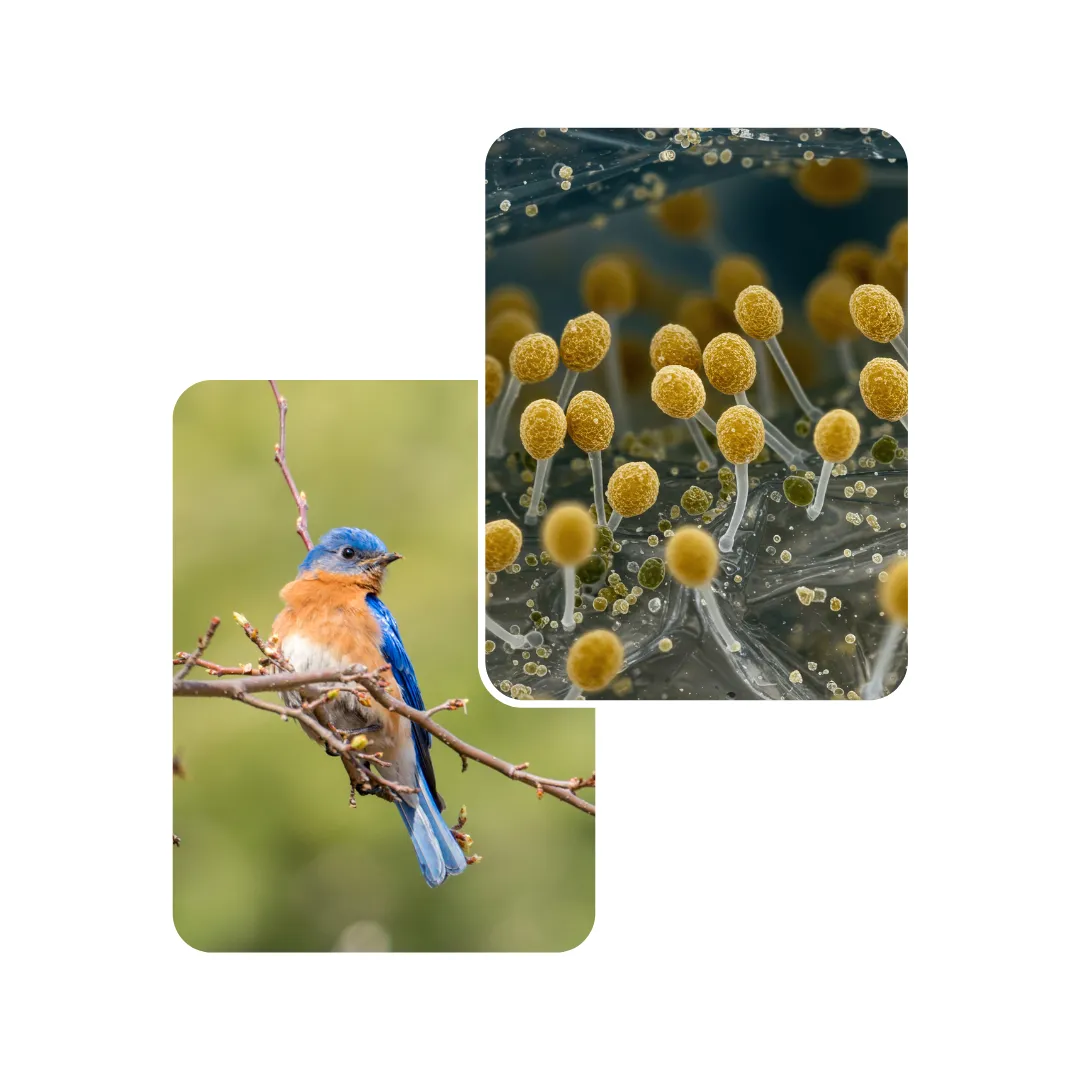

No. While some mild yeast problems are diet-related, a clinical infection requires specific avian antifungal medication, as human remedies are often ineffective or toxic.
Antibiotics kill beneficial microorganisms in the gut, allowing the naturally present Candida yeast to multiply without competition, leading to an overgrowth.
Some are. Candidiasis is highly treatable. However, Aspergillosis is extremely difficult to cure and the goal is often long-term management and remission.
Control the environment. Never feed moldy foods, store seed in airtight containers, keep the cage dry and ensure excellent ventilation.
Yes. Chronic respiratory infections can lead to permanent damage and lifelong susceptibility to other illnesses. Severe cases can result in systemic failure.
Yes. Similar symptoms may point to chronic diseases, nutritional deficiencies, or severe stress. Consult our other specialized treatment pages to learn more.
Your pet deserves expert care – Subscribe now for trusted tips and updates from our pet experts.
